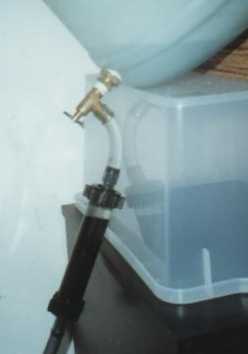
| Summary |
|
Soaking neutral alcohol with activated carbon for a week
(or even months) will help remove some of the off-flavours -
this is known as "polishing" the spirit. The spirit should be diluted to 30-50% before polishing. Don't polish spirits that you want to keep the flavour of (eg whisky or schnapps). |

| Note. The poly pipe barbed fitting is the barbed part of the poly pipe adapter that screws to a tap and has the barbed part to attach some poly pipe. | 
|
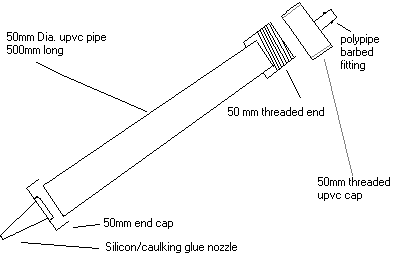
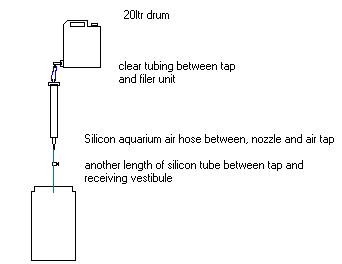
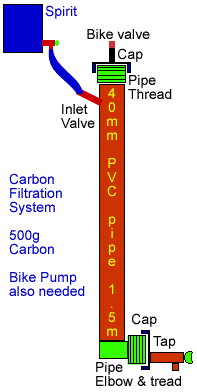
| 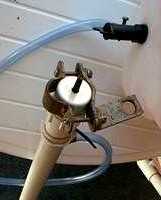
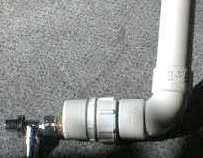 |
| http://homedistiller.org This page last modified |